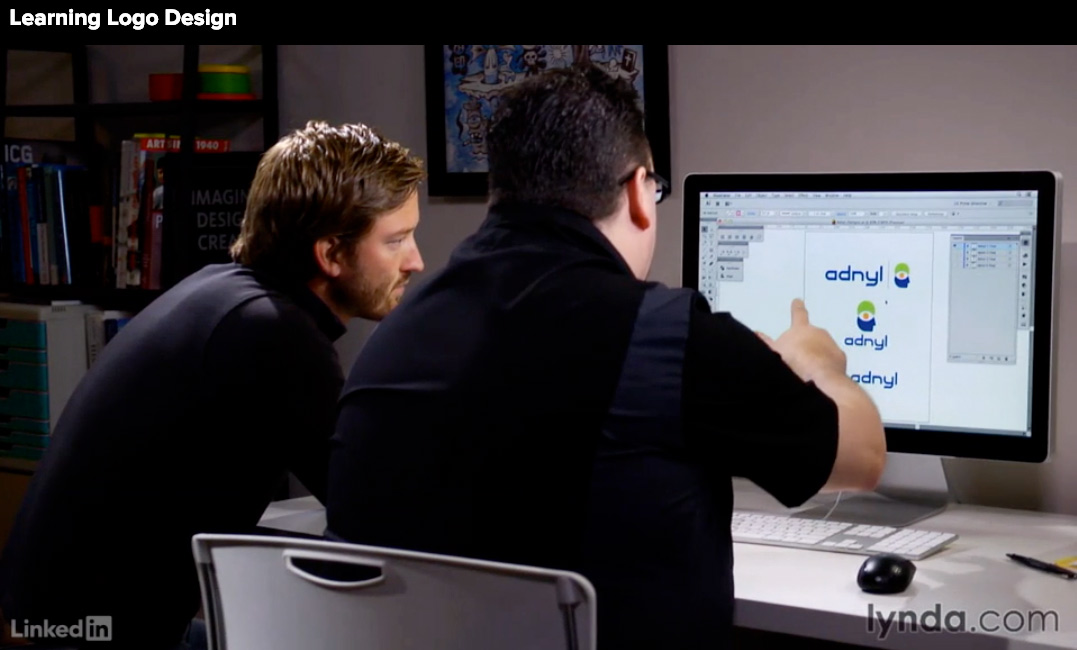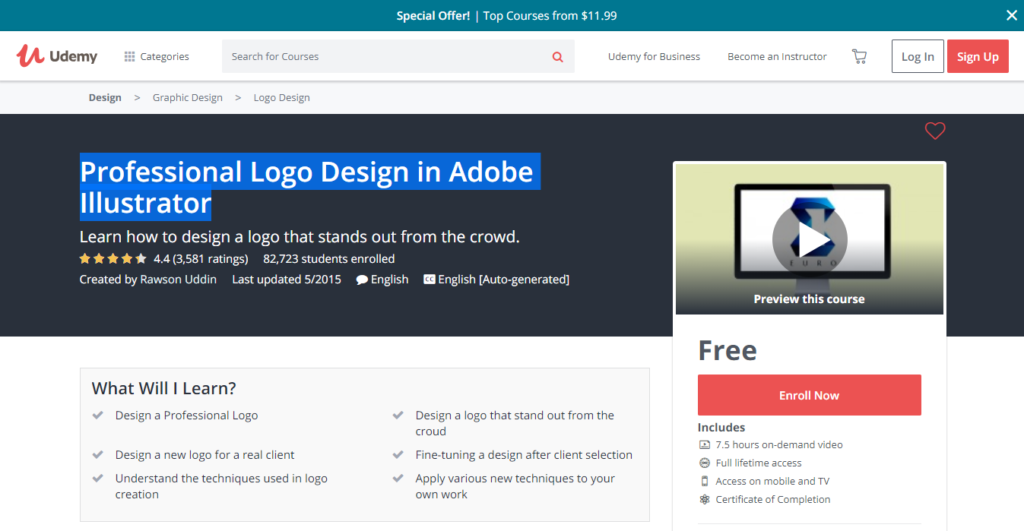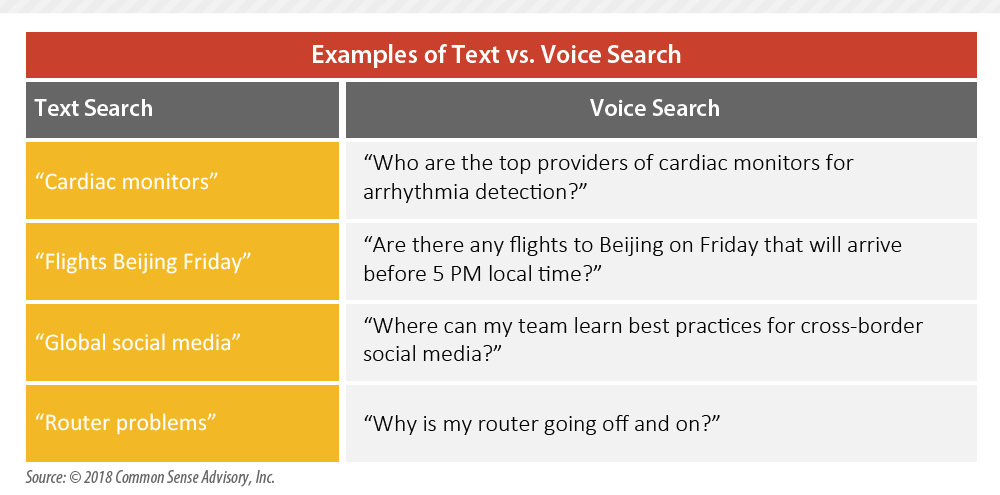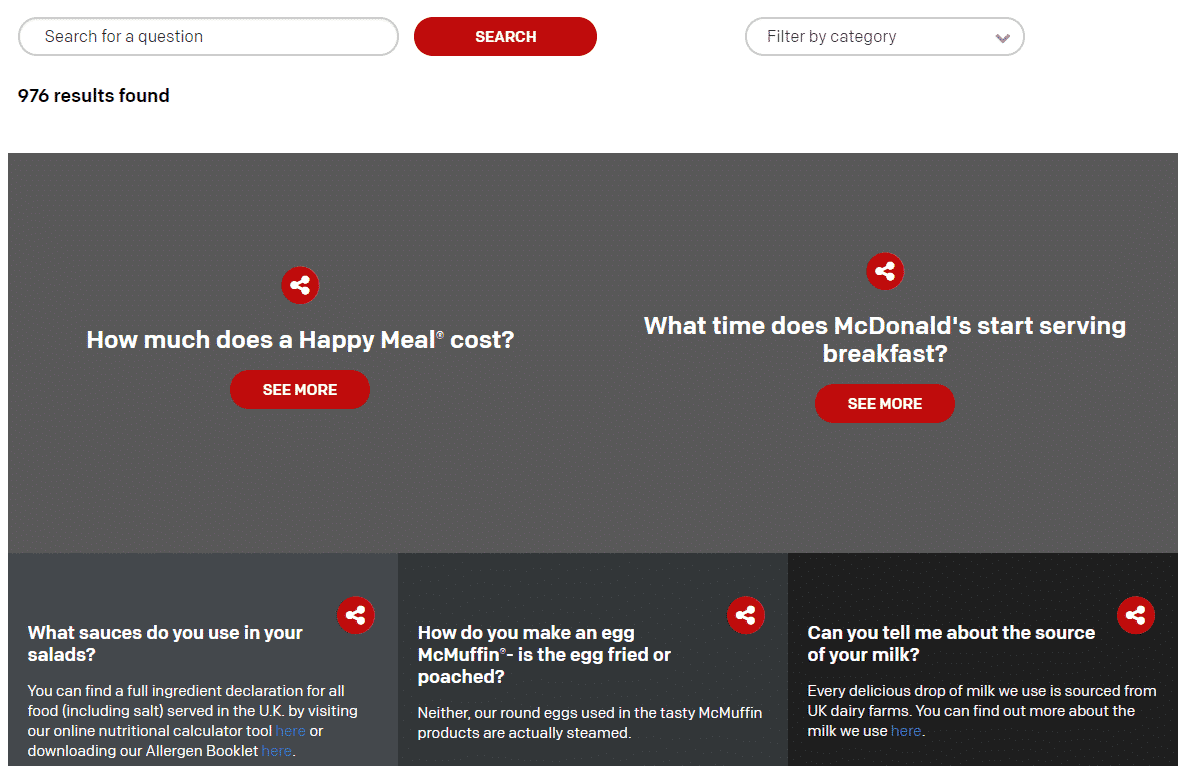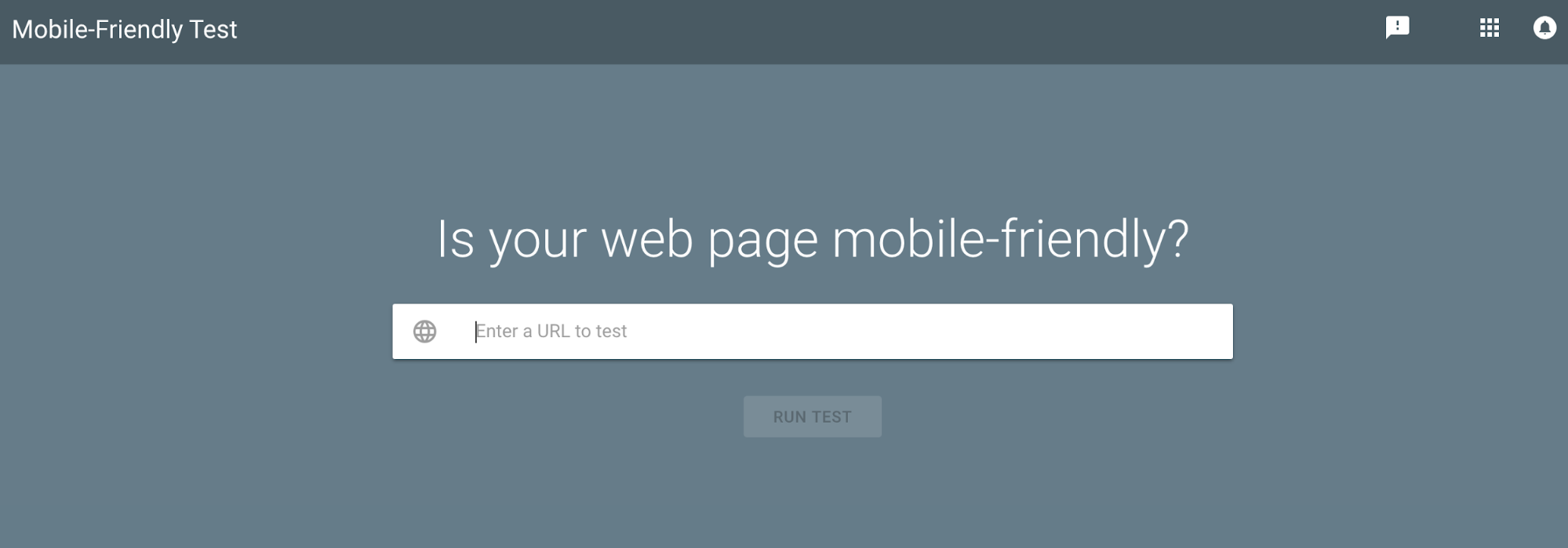This article has been contributed by DropBox.
Make the most out of your partnerships with captivating collaborative content.
Content collaboration isn’t rocket science – it’s really as simple as it sound. It’s the idea of working with other professionals in your industry to create captivating content. It’s working with partners to find new ideas, answer linger questions, and provide new perspectives to customers through content they actually want to read and even better, want to share.
Collaborative content can come in many shape and sizes. From guest blogs and interviews to case studies and podcasts, nearly anything you can create can become a partnership. Once you understand why partnerships in content writing are important and how they can improve shareability of content, you’ll surely be jumping on the content collaboration bandwagon.
Let’s take a quick look at what you’ll learn from this article:
- What content collaboration is and why you’ll want to start creating partnered content
- The search engine optimization (SEO) benefits to joint content ventures
- How to develop a plan for the best partnership
- Who to partner with and why
- Getting started with your collaborative content
Why is Content Collaboration a Big Deal?
When two like-minded (or even two opposite-minded) individuals come together to create content, there is a new kind of magic that is created. By taking two totally different ideas and opinions into account, the content has the opportunity to thrive into something brand new and unique. Here’s how that magic happens…
You’re sitting down with the content team to develop a plan and outline for a new article. You’ve got a few good ideas, but think that it might be a good idea to pull in a subject matter expert to confirm the information is relevant and timely to their customers.
The subject matter expert, who has a wide knowledge base of the topic, joins into your brainstorming process. They bring new ideas and customer challenges to life — things you’re team never would have thought of. Now, your original plan has transformed into something totally different and the subject matter expert has agreed to help collaborate on the piece.
Now you’re moving forward into a collaborative content article, with a clear plan and outline in place.
This subject matter expert also brings new skill sets with them that help to compliment your team’s current skill base. This new outlook coupled with their specialized skill set is going to greatly improve the final product you plan to sit down and create. Bringing this new expertise into the writing process allows them to annotate shared documents throughout the process to improve the content and produce the best possible product.

Taking the time to seek out experts in the topic you are looking to collaborate with will be well worth your time in the long-run. They can help provide a new perspective and bring up ideas you may never have thought of.
Another benefit that comes with bringing someone who has a lot of knowledge on a topic into your content creation process is that the article can grow from a basis, singular voice to a two-sided conversation. The opportunity to add different perspectives throughout the resource offers a way to intrigue various audiences and keep people interested in reading. This will also allow you to provide a more rounded view on the topic – not just focus on your perception.
Working with outside resources (or internal experts — we’ll get to that) provides major benefits when it comes to content collaboration projects. Taking in as many new ideas and perspectives and allowing for collaboration via annotation during the creation process will help to build a more comprehensive, shareable content offer in the long run.
The more buy-in you have for the piece, the more likely people are to share it with their network. More shares equals more visibility and impressions.
So, How Exactly Does Content Collaboration Improve Visibility?
Increasing the visibility and reach of your content is one of the biggest benefits to working on collaborative pieces.
Think about it this way, if your company has 50,000 followers on Twitter and you’re the only one who shares the content offer – you won’t be reaching anyone new. But, if you work on a creative piece with an industry expert who has a Twitter following of over 100,000 followers, you have the opportunity to double the potential visibility.

As your content is shared on social media or other distribution avenues, such a email, more and more people will see the article. The higher quality the content offer, the more likely people will share it with their networks.
Now, there is a good chance there is some overlap in followers on those two accounts, but you’re still increasing the viewing potential by 50%. That doesn’t even include the additional contacts they may have in their email lists and other social media platforms. From there, you may receive additional shares and likes that opens the content up to an even larger audience.
Ultimately, the goal here is to get your content seen by as many people as possible. By partnering with others to create and share this content, you’re just making this a step a little simpler.
Search Engine Optimization Benefits
Beyond the fact that you will be creating relevant and original content that appeals to your customers (and search engines!), there are a few additional benefits that will help impact your SEO efforts.
Although the algorithms continue to change, there are a few things that content collaboration will do to help improve your search placements. First, because you will be working with others who have additional industry knowledge, you’ll likely be hitting the pain points your customers need solved and answering their questions – helping search engines to provide the best and quickest results for inquires.

SEO is a big topic in the world of content. Making better quality content, will result in a higher ranking for your page on search engine results.
Developing quality content around what people are searching and answering their questions is a huge factor in where your content will appear in search engine results. Not to mention, it will provide readers with information that they actually want to stay on the page and read. Ideally, once they’ve read the article, we want to see them share it with their network for an even larger reach opportunity.
Secondly, you can use the opportunity to link to authoritative sources (hopefully this is your partner in crime’s website), but also have backlinks to your content from these sources. The more authority the site linking to and sharing your content has, the better the results in search engine ranking. If your content is good enough, or you have connections with other organizations or media outlets, there is even more potential that your content could be picked up and linked to another authoritative website.
Influencers are a great place to easily build links, improve engagement and more. Just make sure you are working with the right people for your customers. You don’t want to waste your time working with people who don’t ultimately reach the audience you want to reach. Most industries have influencers who would be interested in working with additional companies. From fashion bloggers to building material magazines, there are a variety of influencers out there that you can begin to work with.
Getting Started and Finding the Perfect Partner
This might sound like a dating app – I guess in some ways it is – but developing a plan and finding the right person to develop content with is really important. Is your partner in this process reliable, are they knowledgeable in the topic, and do they have a large enough presence to beneficially share the content? All these questions need to be thought of before you engage in a relationship with them.
Develop a plan
Chances are good, the content you are looking to create falls in-line with a campaign or program you’re already, or looking to run in the future. Now is the time to sit down and identify what the main goal for this joint article is and where it fits into your current content strategy.
Is this the main whitepaper you are promoting, is it a supplemental interview, or is it simply a quote you’re looking to add to a case study?
Identifying this is the first step to developing your collaborative content plan and knowing what steps you’ll need to take from here. Do some research and really understand what form of content will get the most out of this partnership.

Having a plan on how you will implement your content strategy is important in sticking to a content strategy.
Identify Who You’re Going to Work With
There are plenty of people out there who are willing to partner with you on content creation – the hard part is determining exactly who will provide the best insight (like we said — kind of like a dating app). Depending on the type of content, topic or target audience can make a big difference in who you reach out to working with.
You may determine that it is best to work with someone who is known as an industry expert or an industry “celebrity,” internal employees or even directly with customers. Let’s take a look at each different option and how it may benefit your final piece.
Work With Internal Experts
Sometimes, it is easy to forget that you might just have the collaborator that you need right in your own building. Most companies have some form of subject matter expert who can help to create well thought-out, industry relevant content. Leverage these internal assets, they will help to build content libraries while promoting your company.
Bonus: If your company has someone who is known as a subject matter expert in outside of your company, take advantage of the resource you have on hand. This could be someone who is involved in different organizations, discussions, or is a known expert in the topic.
It might seem like using your internal resources would limit the share ability of the content. But, that internal expert has an entire network of their own. By being more invested in the article (since they helped create it), they are more likely to share it with their outside network of individuals who are likely to share it with theirs – because it is relevant to them.
Your employees and colleague could be the key to your next big article. Even if they don’t have the time to help in writing content, they might spark a new idea that you hadn’t thought of before. Or, they may only have time to help annotate areas of improvement. Additionally, some employees work directly with your customer base and may have some insight into what problems you can solve for your audience

Working with internal and external experts in your industry can be beneficial in creating the most noteworthy content collaboration pieces.
Industry Experts, Bloggers, Influencers
Another great place to find influential partners is by looking at industry experts outside of your company, bloggers and influencers. These are people who stand out in your industry or have a following around the topic at hand. Generally, anyone who falls under these categories is more than happy to share their knowledge and have their voice heard.
Their collaboration will share your reach with plenty of new contacts that may engage with them on a regular basis. People follow them to hear the latest and greatest from them – and your collaborative article might just be it.
Create Content With Your Audience
Working with people in your customer network can offer even more benefits when it comes to content collaboration. Take the time to brainstorm how you can work together with your customers and clients to build new exciting pieces of original content.
Figure out who the best customers to work with are and how they can help improve your content ideas. Once you’ve identified what customers make the most sense to collaborate with, it’s time to reach out and make a connection.
Some customers in your network may already be considered an influencer or industry thought leader – take advantage of the relationship you have with them to leverage this material. Don’t forget, this collaboration does not only benefit you, it will also bring awareness to the customer and let their work shine as well. Everyone in this equation will gain exposure — more than they would have alone.
If you find that you are creating totally new and fresh ideas, it might be the perfect time to take a step out of your comfort zone and connect with new minds. Take the time to find the perfect partner for your content piece, you’ll see the results in the long run.
Get Out There and Start Working With Your Network to Create Awesome Content
Now that you have a better understanding of what content collaboration is and why it is such a hot topic, it’s time to get out there and start making some fresh new content. Figure out what your customers want to know about and find the people in your industry who are thought leaders and can help with annotating your content from start to finish. Get your content heard! Don’t limit its life by creating something mediocre on your own when you could be creating something amazing with a partner.
This is a sponsored post for Dropbox. All opinions are their own. Dropbox is not affiliated with nor endorses any other products or services mentioned.



